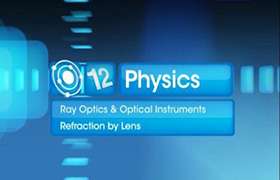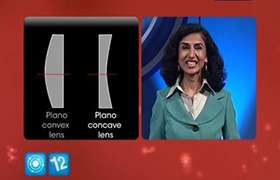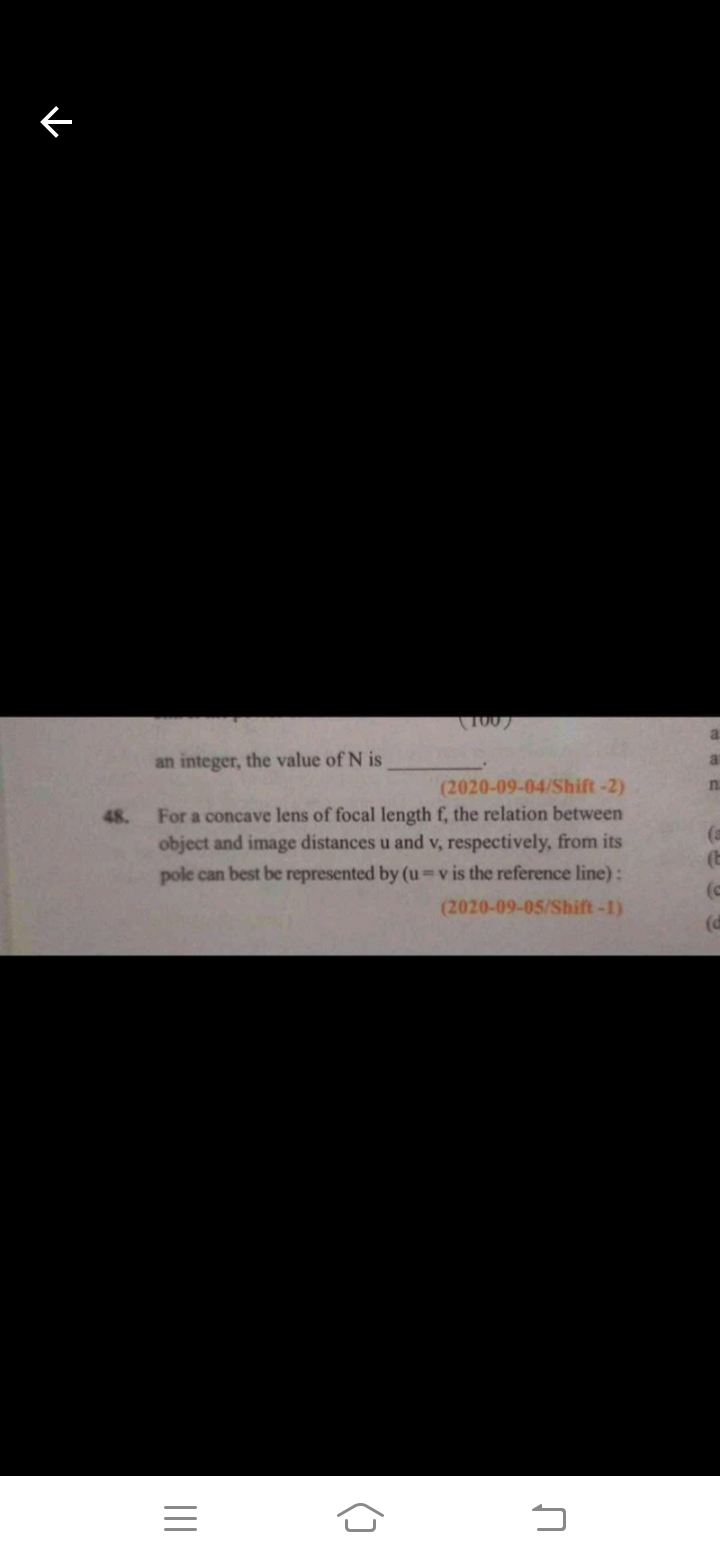CBSE Class 12-science Answered
draw a ray diagram to show the image formation in refraccting type astronomical telescope in the normal adjusment when image is formed at infinity.derive an expression the aperture of objective lens and why?
Asked by mahamood.iphone | 14 Dec, 2015, 09:53: PM
Dear mahamood.iphone@gmail.com
Thanks for asking us a question in Ask the Expert section of TopperLearning.com.
The derivation that you are asking is derived as is in the NCERT textbook XII Part II on page numbers 341 and 342
and the expression for the aperture of objective lens in same textbook on page number 372 and 373.
You can refer the textbook for your query. If however, you have any conceptual doubt regarding the same then you can post your query.
Regards
Topperlearning Team.
Answered by Priyanka Kumbhar | 16 Dec, 2015, 10:59: AM
Concept Videos
CBSE 12-science - Physics
Asked by santhoshsindoora | 27 Sep, 2023, 08:26: PM
CBSE 12-science - Physics
Asked by marvellouskyndiah | 17 May, 2023, 08:07: AM
CBSE 12-science - Physics
Asked by bmahalik21 | 04 Mar, 2023, 07:03: PM
CBSE 12-science - Physics
Asked by Dark | 05 Jan, 2022, 11:54: AM
CBSE 12-science - Physics
Asked by nagendramanikireddy999999 | 29 May, 2021, 11:50: AM
CBSE 12-science - Physics
Asked by manjulamurali1979 | 19 May, 2020, 09:01: PM
CBSE 12-science - Physics
Asked by tyeswanthkumar37 | 14 May, 2020, 10:58: AM
CBSE 12-science - Physics
Asked by polyrelation | 15 Mar, 2019, 04:40: PM
CBSE 12-science - Physics
Asked by polyrelation | 15 Mar, 2019, 04:40: PM






